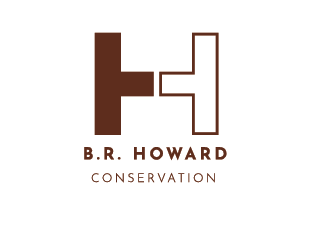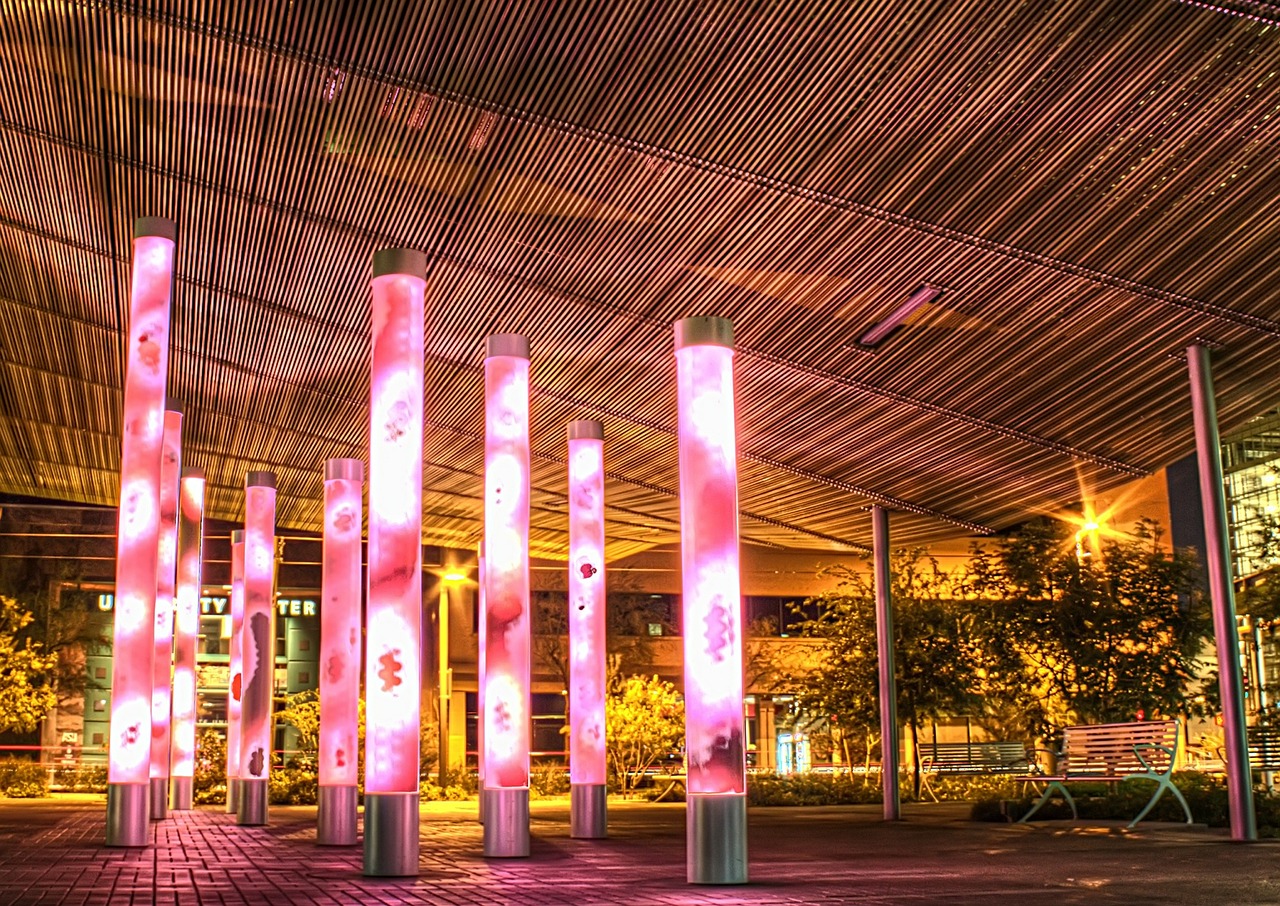How is public art selected?
Public art selection processes
The public art selection process can be split into two main considerations: How will an artist be chosen? What will the criteria be for selection? A careful process needs to be followed in order to find the best artist possible and choose the best concept to encompass the project goals. In this article we will dive into both aspects and provide tips for artists and community leaders along the way.
How are artists selected for public art?
Often times when public art is being commissioned, an RFP will be created to solicit artists to submit their ideas for the piece or interest in being commissioned for a new piece of art. Karen Rudd, Manager of Norfolk Arts, shares her advice about the RFP, or Call to Artists, process stating, “The selection committee should be involved from the beginning and help write the Call to Artists. I always encourage them to think clearly about what they want the final artwork to do for the community and to think about adjectives of what it should “feel” like.” Rudd also shared that they request the following from artists when responding to an RFP: a statement describing why they are interested in the project/how they will approach the project/if they have any initial ideas, a resume, and images of past work or unused ideas. This information is helpful in learning about the artist to find the best candidate for the project.
Choosing public art often requires a committee and detailed process for selection.
what criteria is used to select public art?
The criteria used to determine which ideas or artists will be considered for the project varies from community to community, city to city, or project to project.
The City of Orlando lists 8 criteria of which submissions are evaluated upon for their process, one of which is representation. Their committee desires for the artwork to represent an idea that is valued among the community.
Tip for artists: Do your research on the community to find out what makes the community special and different from any other place in the area. What is the community known for? Are they famous for a product, person, invention, resource, or event? How will you use this as inspiration for your design?
Tip for community leaders: Develop and complete a series of community evaluations to find out what is important to the residents of your town. You may have an idea personally of what you think your community’s values are, but it is important to hear directly from the people who make up your town. These sessions can be held in a community library, community center or other large meeting space. Create activities that will spur conversation about values, hopes, and culture. Have people write down how they view their community they live in - what adjectives would the use to describe the town, what feelings they have when they walk through the streets, or how they think the community will look in 10+ years. Share this information with the artists who reply to your RFP so they know what your community values.
Committees have to decide if their public art will be temporary installations or permanent collections.
Jackson Hole makes it a priority to consider the aesthetics of the public art pieces they add to their collection. The committee desires to acquire artwork that is of high quality in regards to the timelessness of its vision, design, and integrity.
Tip for artists: When designing public art, be sure to keep in mind how the piece will translate in the years to come. Also consider the environment it will live in. In the case of Jackson Hole, WY, the natural landscape grandeur of the area should be reflected in the construction quality and design of their public art collection.
Tip for community leaders: You may have a certain style in mind that you may be bias to. However, go into the art selection process with an open mind! Artists are gifted with the ability to create a physical representation inspired by ideas or feelings. Style, materials and subject matter are all considered within their creative process. Listen to the artists vision, reasoning, and process. You may be delightfully surprised which piece or artist you end up choosing!
When choosing a site for a project, the scale of the project is often of high priority when choosing a public art piece.
City of Lancaster considers the maintenance of any new public art piece in their selection process. Many public art pieces will be part of the community for 10+ years and long-term maintenance is an important factor to consider.
Tip for artists: What materials will be used in the piece to ensure a long-life? Has the natural environment been considered when planning the piece (salty air, dry air, lots of rain, etc)? Will these factors cause damage over time to the piece? What steps can be taken to reduce the opportunity for damage? Artists should consider maintenance of their pieces from the very beginning.
Tip for community leaders: Be careful to ask artists what their maintenance recommendations would be for their artwork. It is important to have a maintenance plan in place right from the time of installation. Consider partnering with a conservator for routine maintenance or perhaps create a maintenance program run by volunteers. Choosing a piece of art or commissioning a piece of art without a plan for maintenance is like buying a house and not having a plans to ever clean it. Over time it will deteriorate and become a greater mess to fix later down the road.
how to set up an art selection process
You may also want to check out Project for Public Spaces' detailed guidelines for reviewing public art and creating criteria for public art projects. These guidelines include many important factors to consider when placing, reviewing, and choosing public art pieces for a community.
Free public art rfp checklist
Looking to grow your public art collection? Getting ready to write an RFP? Download our Public Art RFP checklist to make sure you get the most out of your artist responses.




